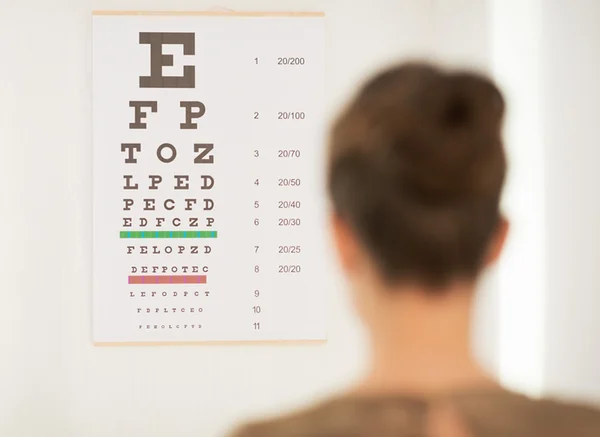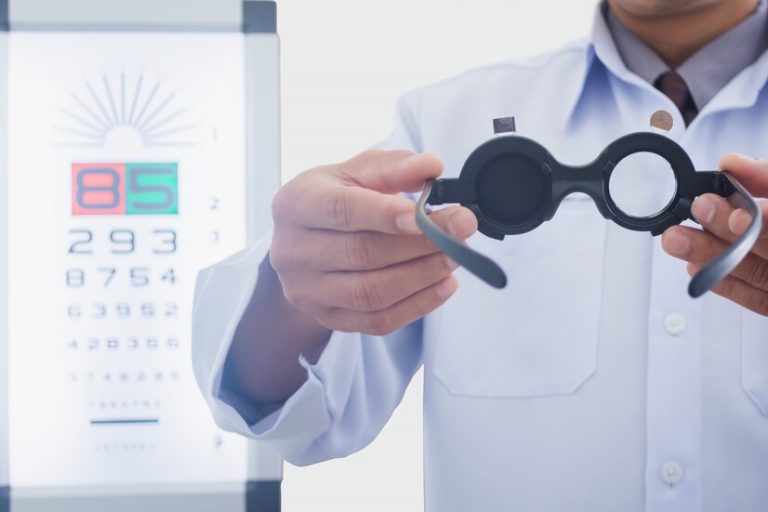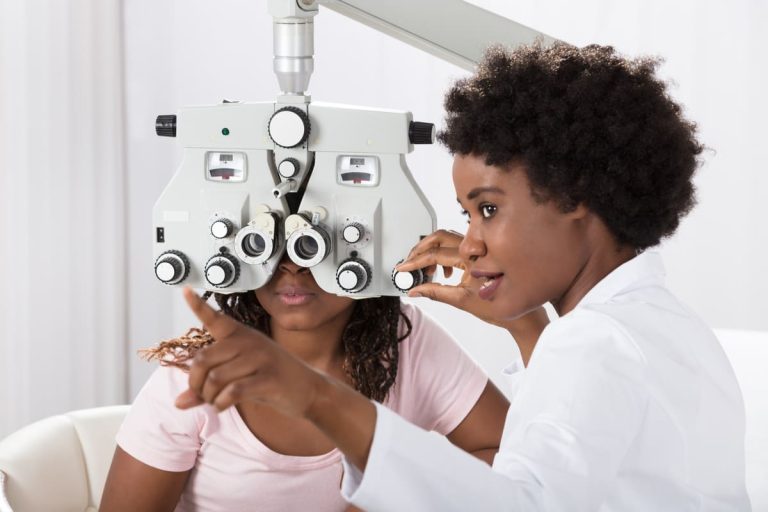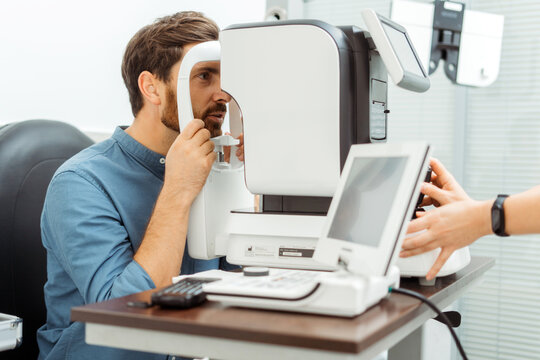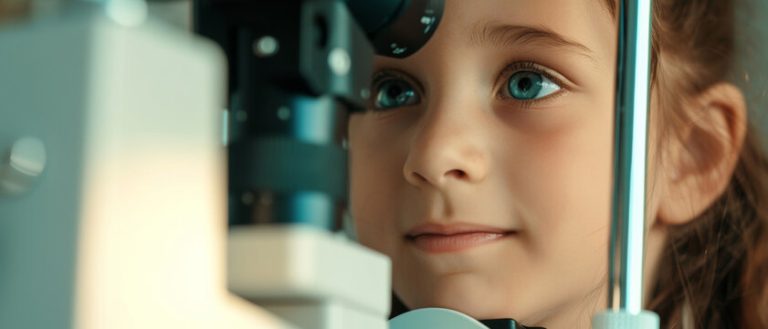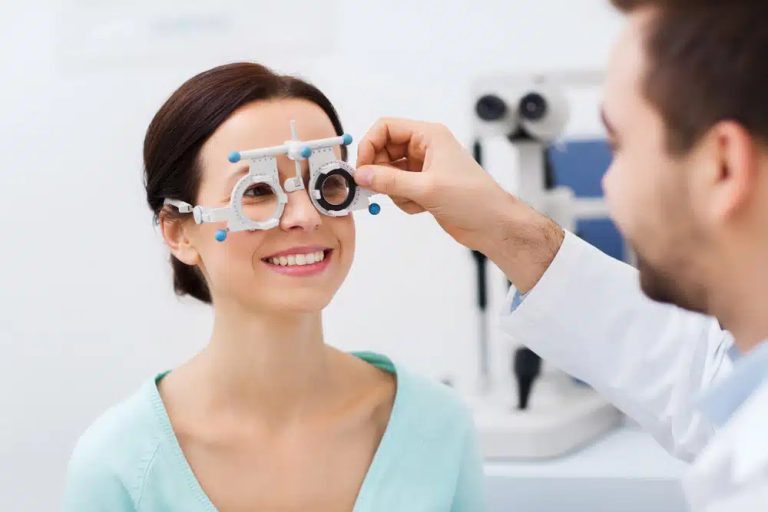Future Directions In Vision Testing: Innovations And Emerging Technologies
Vision testing has undergone significant advancements over the years, enabling healthcare professionals to accurately assess and diagnose various visual conditions. As technology continues to evolve, the future of vision testing holds promise for even more precise, efficient, and accessible methods. In this article, we explore the innovative technologies and emerging trends that are shaping the future of vision testing.
Introduction
Vision testing plays a crucial role in diagnosing and monitoring eye conditions such as refractive errors, glaucoma, macular degeneration, and diabetic retinopathy. Traditional vision testing methods, such as Snellen charts and visual field testing, have served as the foundation for vision assessment. However, recent advancements in technology are revolutionizing how we evaluate and understand visual function.
Emerging Technologies in Vision Testing
- Optical Coherence Tomography (OCT): OCT is a non-invasive imaging method that produces cross-sectional images of the retina with great resolution. This technology allows clinicians to visualize the layers of the retina with remarkable detail, aiding in the diagnosis and management of retinal diseases such as macular degeneration and diabetic retinopathy. As OCT technology continues to improve, future developments may include faster imaging speeds, enhanced image processing algorithms, and portable handheld devices for point-of-care testing.
- Adaptive Optics (AO): AO technology enables precise control of aberrations in the eye, resulting in sharper and more accurate retinal imaging. By correcting for optical distortions caused by the eye’s optics, AO systems can provide unprecedented detail of retinal structures at the cellular level. In the future, AO may become a standard tool for diagnosing and monitoring retinal diseases, as well as optimizing personalized vision correction treatments.
- Virtual Reality (VR) and Augmented Reality (AR): VR and AR technologies have the potential to revolutionize vision testing by creating immersive and interactive testing environments. These technologies can simulate real-world visual tasks and environments, allowing clinicians to assess visual function in a more naturalistic manner. VR and AR-based vision testing platforms may also improve patient engagement and compliance, particularly in pediatric and special populations.
- Artificial Intelligence (AI): AI algorithms are increasingly being integrated into vision testing platforms to enhance diagnostic accuracy and efficiency. Machine learning algorithms can analyze large datasets of patient eye images and clinical data to identify patterns, predict disease progression, and assist clinicians in making informed decisions. AI-powered vision testing tools have the potential to streamline the diagnostic process, reduce variability between clinicians, and improve patient outcomes.
- Telemedicine and Remote Monitoring: Telemedicine platforms are expanding access to vision testing services, particularly in underserved and remote areas. Remote vision testing devices, such as smartphone-based apps and portable diagnostic devices, enable patients to undergo comprehensive vision assessments from the comfort of their homes. These technologies facilitate early detection of eye conditions, remote monitoring of disease progression, and timely intervention when necessary.
Future Directions and Challenges
While the future of vision testing holds immense promise, several challenges must be addressed to realize its full potential. These include:
- Regulatory Approval and Standardization: New vision testing technologies must undergo rigorous evaluation and regulatory approval to ensure their safety, efficacy, and reliability. Standardization of testing protocols and diagnostic criteria is essential to ensure consistency and accuracy across different platforms and settings.
- Integration with Clinical Practice: Emerging technologies should be seamlessly integrated into existing clinical workflows to maximize their utility and accessibility. Clinicians may require training and education to effectively utilize these technologies and interpret their results in clinical practice.
- Accessibility and Affordability: Ensuring equitable access to advanced vision testing technologies is crucial to addressing disparities in eye care delivery. Efforts to reduce costs, improve scalability, and enhance usability are essential to make these technologies accessible to diverse populations worldwide.
- Ethical and Privacy Considerations: As vision testing technologies become more sophisticated, ethical considerations surrounding patient privacy, data security, and informed consent must be carefully addressed. Robust safeguards and regulations are needed to protect patient confidentiality and ensure responsible use of personal health information.
Conclusion
The future of vision testing is characterized by innovation, integration, and accessibility. Emerging technologies such as OCT, AO, VR/AR, AI, and telemedicine are poised to transform how we assess and manage visual function and eye health. By harnessing the power of these technologies and addressing associated challenges, we can improve diagnostic accuracy, enhance patient outcomes, and advance the field of ophthalmology toward personalized, proactive, and preventive eye care.
For any further queries, Plz visit drvivekgarg. in

